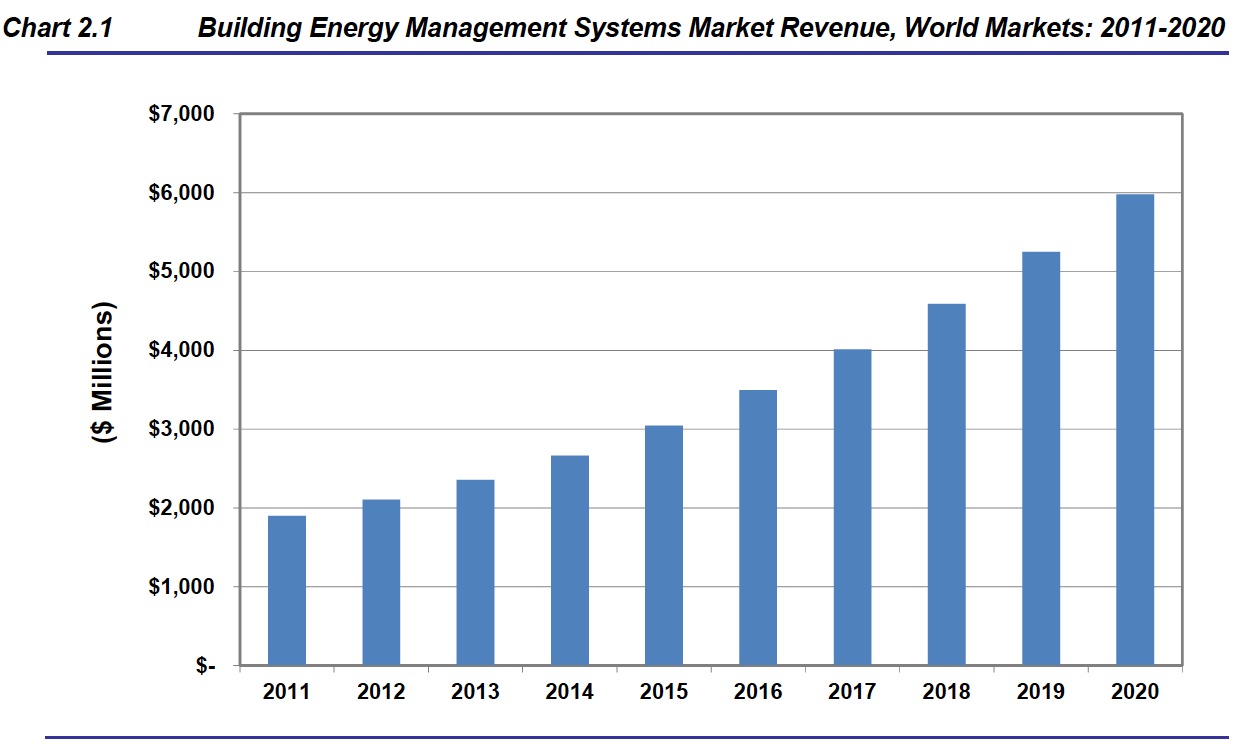
PIKE RESEARCH
The smart building industry has been busy over the last few years. Advances in technology that make it easier to manage energy have considerably broadened the energy conversation, engaging not just facility managers, but also CEOs and CFOs. Although the effects of the global economic recession are still felt throughout the building and construction industries, technology vendors and integrators have continued to uncover new opportunities to improve energy efficiency in the existing building stock. The potential for energy efficiency has hardly been tapped even today.
View this complete post...
Tags: BIM, HVAC, ICT, Pike Research
Posted in
Environment, Green, Infra Views, Jobs, LEED, Pollution, Smart Grid, Smart Growth, Sustainability, Urban Planning
Comments Off on Smart Buildings: Ten Trends to Watch in 2012 and Beyond
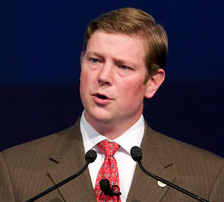












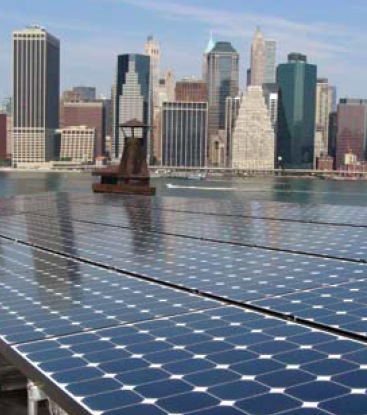
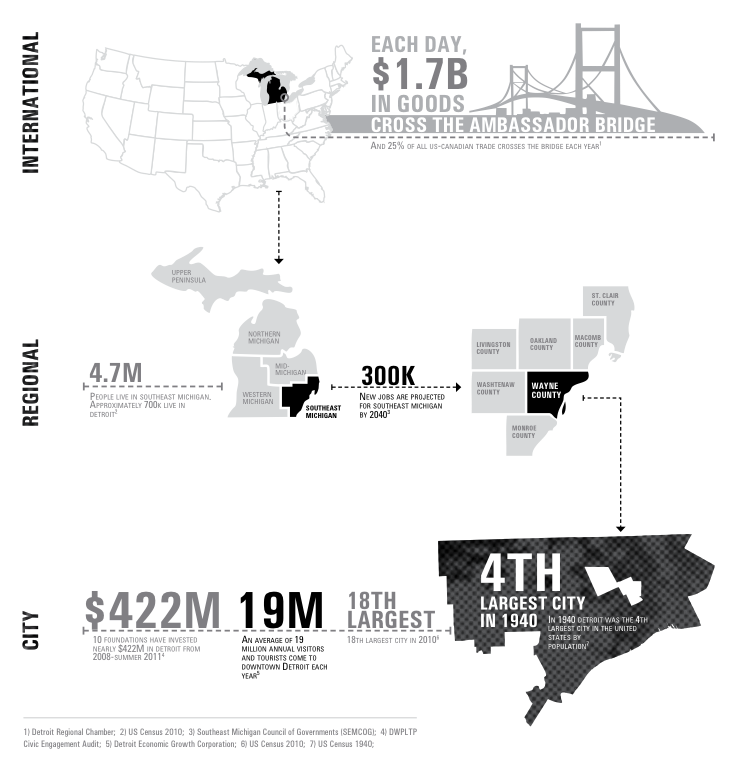

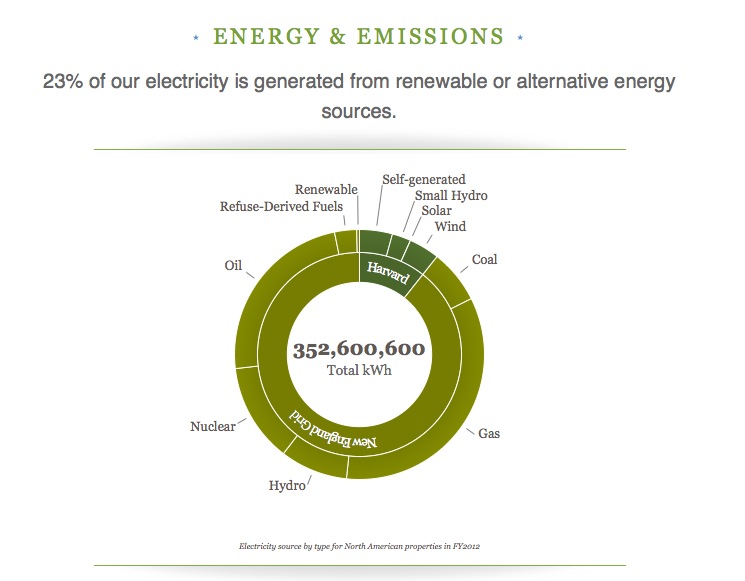

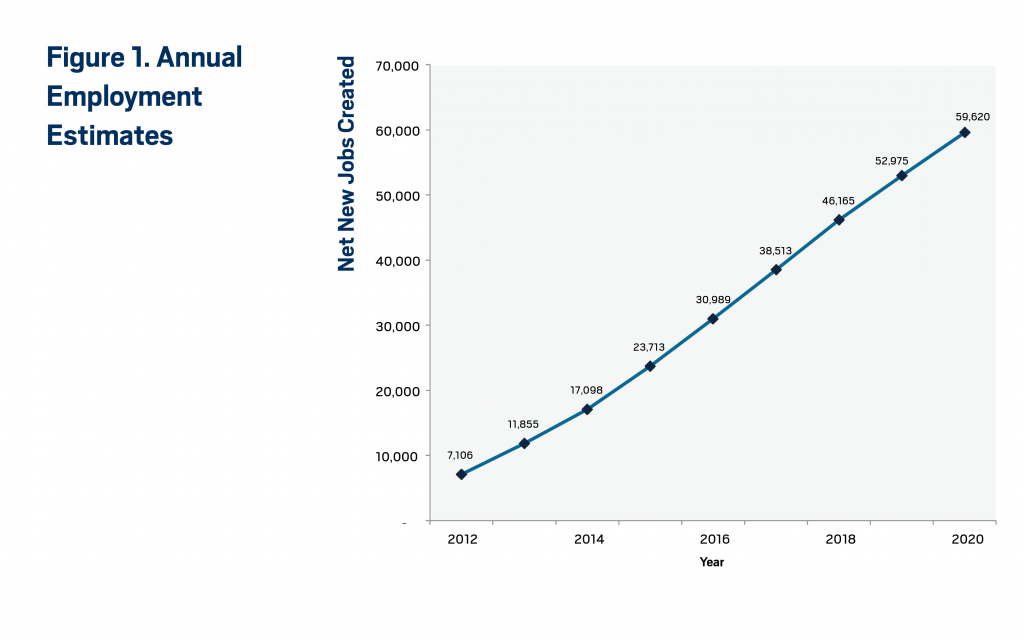
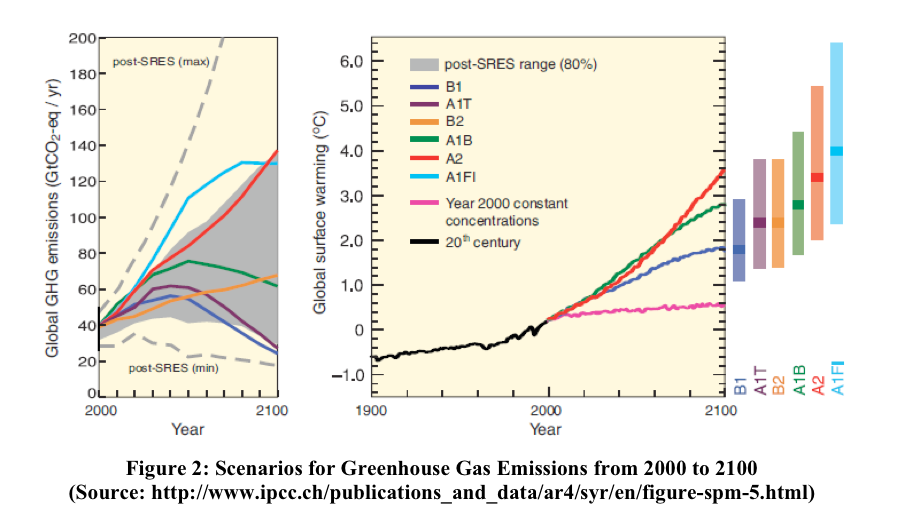
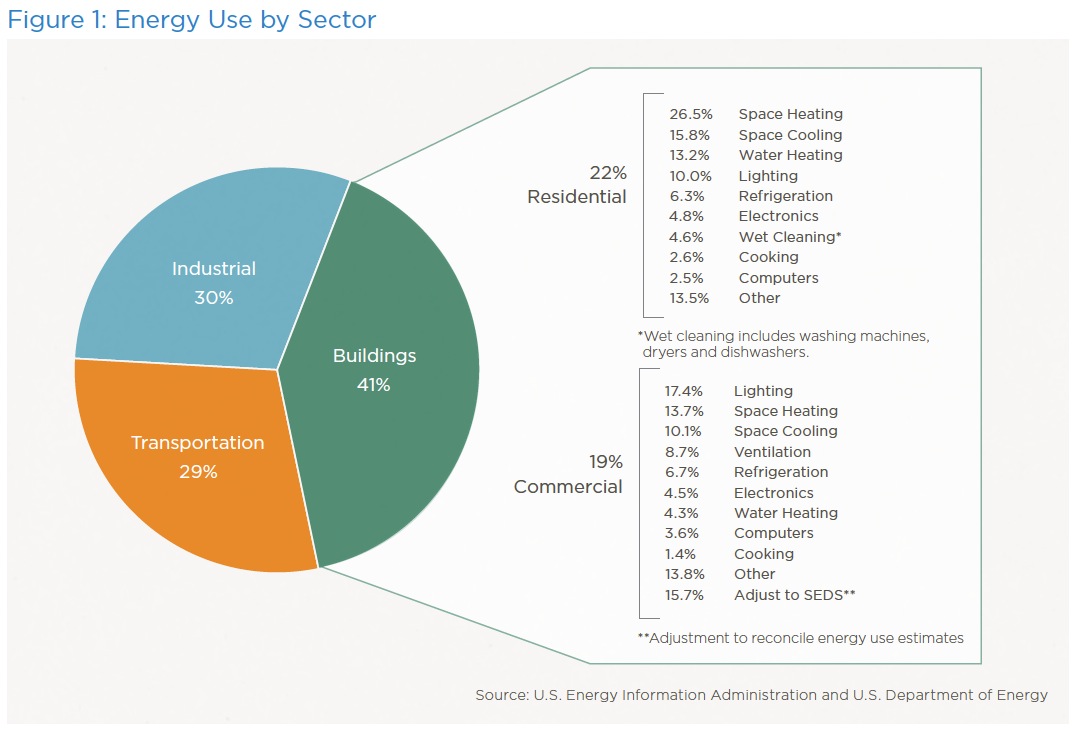

 RSS Feed
RSS Feed